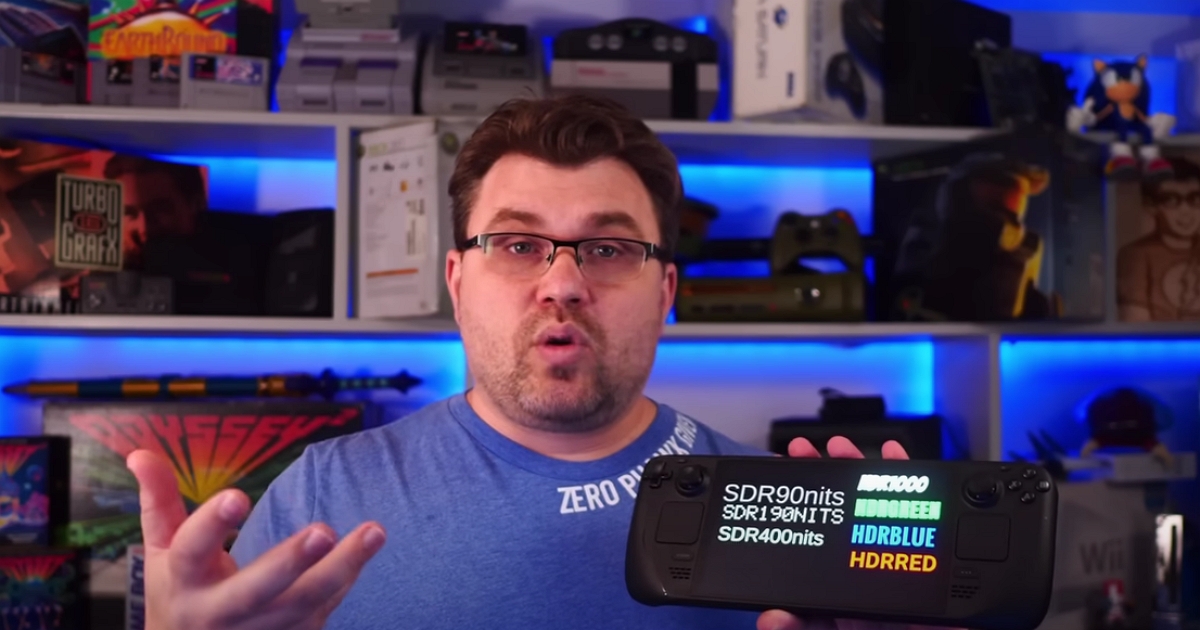The Steam Deck OLED version has been causing quite a stir among gamers since its launch, with many players eagerly purchasing the new model. The enhanced graphics and overall improved performance have been major selling points for the new OLED version. However, the inherent screen burn-in issues that come with OLED screens have left many players hesitant about whether to buy it.
To put the screen to the test, YouTube channel The Phawx released a video showcasing the condition of the Steam Deck OLED screen after 750 hours of extreme testing. The screen was subjected to SDR brightness of up to 400 nits, HDR peak brightness of 1000 nits, and separate testing of red, green, and blue sub-pixels.
The extreme test condition involved keeping the screen content unchanged for 750 hours, which is about 31 days. While for normal use, the screen displays a variety of content and is expected to have a longer life, gamers may encounter some elements that are always present on the screen, leading to potential screen burn-in over time.
The test results showed that the screen did not exhibit “real” screen burn-in, where content is permanently burned onto the screen. However, after a long period of high-brightness testing, the brightness of the pixels under greater pressure dropped significantly, especially when displaying HDR content, leaving a very obvious afterimage that cannot be eliminated. In contrast, SDR content did not leave any afterimages that interfered with the normal gaming experience.
The main reason for this phenomenon is the lower brightness levels putting less pressure on the pixels, consuming less power (SDR 2W, HDR 5W), and generating less waste heat. Therefore, reducing the screen brightness is a simple and effective solution for players who want to extend the life of their Steam Deck OLED screen.
For gamers considering purchasing the Steam Deck OLED version, it’s important to be aware of the potential screen burn-in issues and to take necessary precautions to preserve the screen’s longevity.
